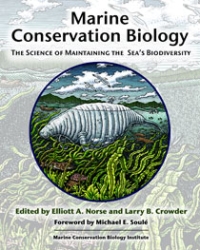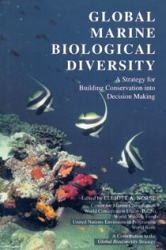
Elliott A. Norse
Elliot A. Norse is a marine and forest conservation biologist. His Ph.D. and postdoctoral research in the 1970s examined the ecology of blue crabs (Callinectes spp.) in Jamaica, Curacao, Mexico, Panama, and Columbia. Since then, he has devoted his career to incorporating conservation biology into environmental decision making as a staff member or consultant for US federal agencies, international governmental organizations, scientific professional societies, conservation organizations, and foundations. His writings include more than 50 publications on environmental policy, conservation biology, marine ecology, forest ecology, and human-caused climatic change.
In 1986, as Public Policy Director of the Ecological Society of America, Elliot Norse worked with The Wilderness Society to write Conserving Biological Diversity in Our National Forests.
He is also the author of Ancient Forests of the Pacific Northwest (Island Press, 1989), Global Marine Biological Diversity: A Strategy For Building Conservation Into Decision Making (Island Press, 1993), and Marine Conservation Biology: The Science of Maintaining the Sea's Biodiversity (Island Press, 2005).



